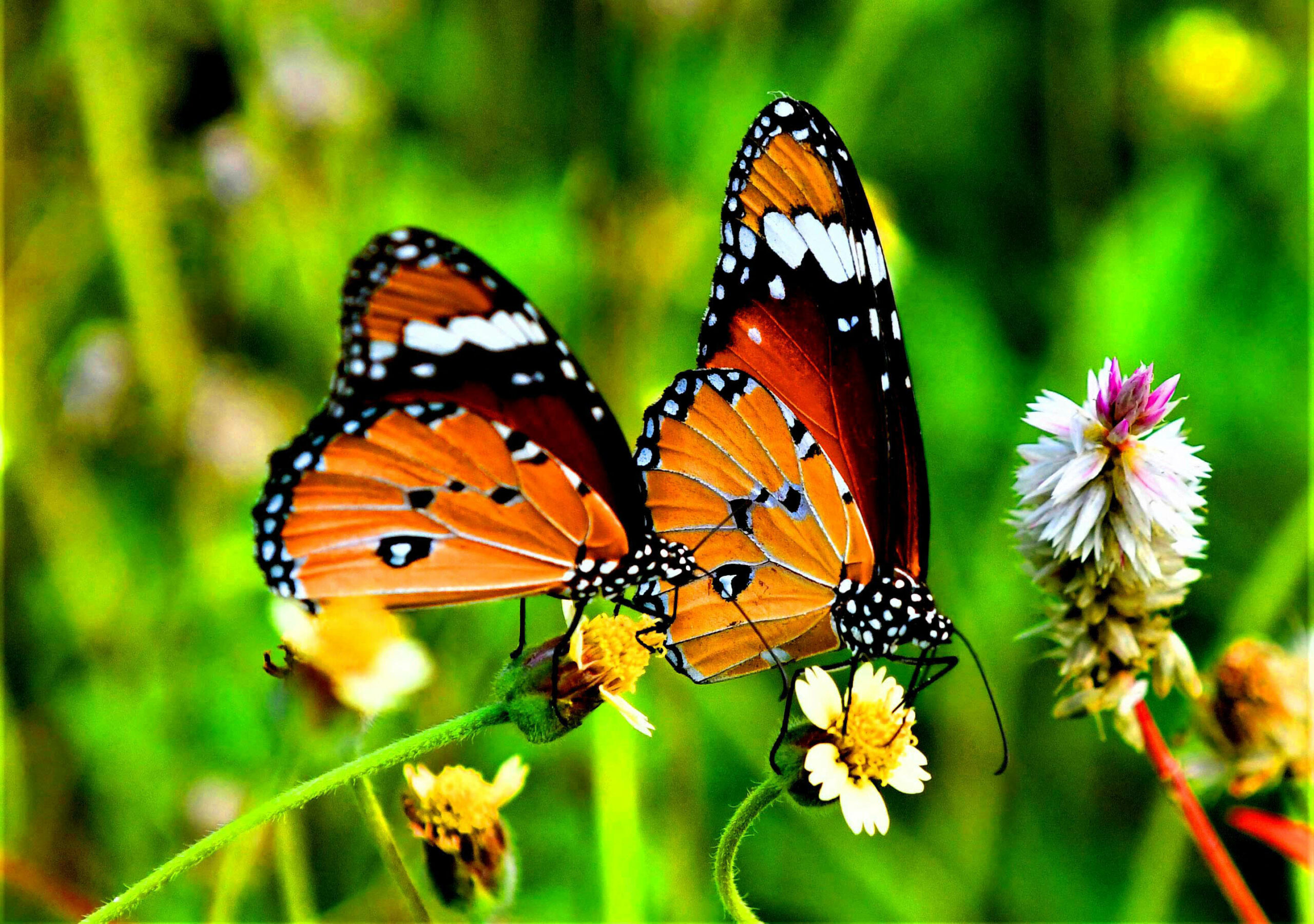How These Colorful Insects Impact Our World
Have you ever seen a butterfly fluttering by and been amazed by its beauty? These delicate and colorful insects are not just pretty to look at; they play an important role in our ecosystem. In this article, we'll explore the fascinating world of butterflies, their impact on our environment, and why we should care about their conservation.
The Life Cycle of Butterflies
Butterflies are insects with four wings and six legs. They belong to the order Lepidoptera, which also includes moths. Butterflies go through a four-stage life cycle: egg, larva, pupa, and adult. The female butterfly lays eggs on a host plant, and when the eggs hatch, the larvae, also known as caterpillars, feed on the leaves of the plant. As they grow, they shed their skin several times and eventually form a pupa, also known as a chrysalis. Inside the chrysalis, the caterpillar undergoes metamorphosis and transforms into an adult butterfly.
Butterfly Species
There are over 20,000 species of butterflies worldwide, each with its unique characteristics and habitats. Some of the most common butterfly species in North America include the Monarch, the Painted Lady, and the Swallowtail. The Monarch butterfly is famous for its annual migration, which can take it up to 3,000 miles from Canada to Mexico.
Butterfly Colors and Patterns
Butterflies come in a wide range of colors and patterns, from bright and bold to subtle and muted. The colors and patterns on their wings serve several purposes, including camouflage, warning predators of their toxicity, and attracting mates. The iridescent scales on a butterfly's wings reflect light, giving them their unique and beautiful appearance.
Butterflies and Pollination
Butterflies are important pollinators, meaning they transfer pollen from the male part of a flower to the female part, allowing plants to produce seeds and reproduce. Unlike bees, which are attracted to flowers for their nectar, butterflies feed on the nectar produced by flowers using their long, straw-like tongues. As they feed, they pick up pollen on their legs and bodies, which they then transfer to other flowers.
Butterflies and the Ecosystem
Butterflies play a vital role in the ecosystem. As pollinators, they help plants reproduce and maintain genetic diversity, which is essential for the health of ecosystems. They also serve as a food source for other animals, including birds, reptiles, and mammals. For example, the Monarch butterfly is an important food source for birds during their annual migration.
Butterflies are also indicators of environmental health. Because they are sensitive to changes in their environment, they can serve as an early warning system for environmental problems, such as pollution or habitat destruction. If butterfly populations decline, it can be a sign that something is wrong in the ecosystem.
Butterfly Conservation
Unfortunately, many butterfly populations are in decline due to habitat destruction, pesticide use, and climate change. The loss of natural habitats, such as meadows and grasslands, is a significant threat to butterfly populations, as these habitats provide the plants that butterflies need for food and reproduction.
Conservation efforts are underway to protect and restore butterfly habitats. One example is the creation of butterfly gardens, which provide the plants that butterflies need for food and reproduction. By planting native species of plants, individuals can help create a habitat for butterflies and other pollinators. Additionally, reducing pesticide use and supporting policies that protect natural habitats can help protect butterfly populations.
Butterflies are a fascinating and vital part of our world. Their colorful beauty and important role in pollination make them a joy to observe, but their significance goes far beyond aesthetics. As indicators of environmental health and contributors to the ecosystem, butterflies deserve our attention and protection. By taking steps to conserve their habitats and reduce threats to their populations, we can ensure that these delicate creatures continue to play their important role in our world for generations to come. So let's appreciate and protect these winged wonders, and remember the butterfly effect: even small actions can have a significant impact on the world around us.
Labels: Animals, Interesting


0 Comments:
Post a Comment
Subscribe to Post Comments [Atom]
<< Home